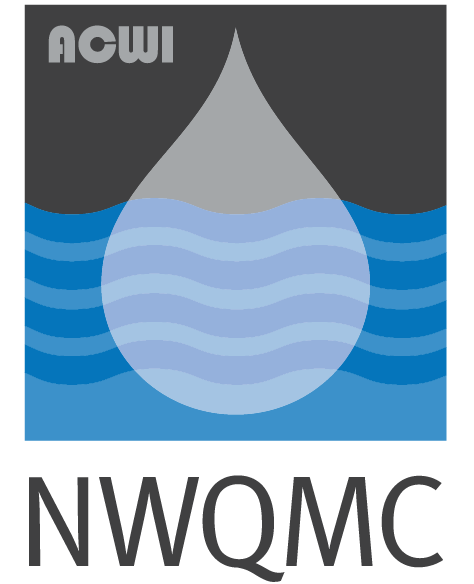Great Lakes Hydrilla Collaborative Technical Webinar Series – Spring Webinar
WebinarDr. Rob Richardson of North Carolina State University will be presenting on Monoecious Hydrilla Biology and Implications for Management. Please email hydrillacollaborative@ene.com for more information and how to attend the webinar.


